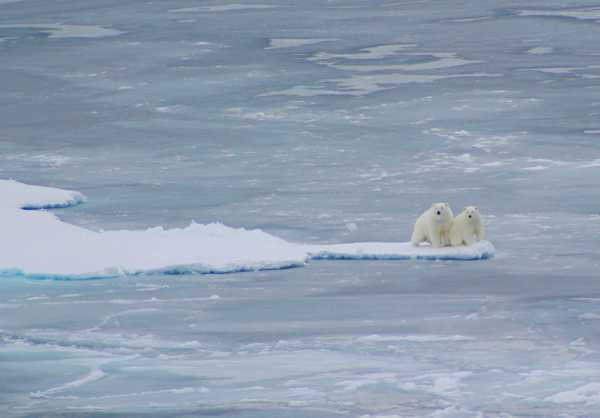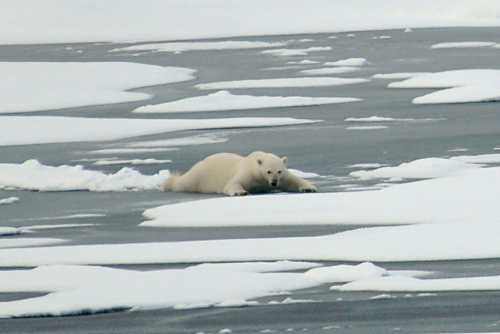- Elizabeth Larson
- Posted On
Foreclosures drop nationwide, locally in November
RealtyTrac released its U.S. Foreclosure Market Report earlier this month.
The report shows that foreclosure filings, from default notices, to scheduled auctions and bank repossessions, were reported on 262,339 U.S. properties in November, a 21 percent decrease from the previous month and a 14 percent decrease from November 2009.
That amounts to one in every 492 U.S. housing units receiving a foreclosure filing during November, the company said.
“While part of the decrease can be attributed to a seasonal drop of 7 to 10 percent that typically occurs in November, fallout from the foreclosure robo-signing controversy forced lenders and servicers to hit the pause button on many foreclosures while they scrambled to revamp their internal procedures and revise or resubmit questionable paperwork,” RealtyTrac Chief Executive Officer James J. Saccacio said in a written statement.
RealtyTrac reported that both the 21 percent month-over-month decrease and 14 percent year-over-year decrease in foreclosure activity were the highest drops recorded since it began publishing the U.S. Foreclosure Report in January 2005.
More detailed numbers the company provided to Lake County News showed that Lake County had one foreclosure for every 183 housing units, which earned it the rank of No. 19 amongst the state's 58 counties.
Total foreclosure filings in November in Lake County totaled 193, down from the 250 filed in October, for a 22.8 percent drop, the report showed.
The county's foreclosures in November also were down by 10.23 percent as compared to November 2009, when there were 215 total foreclosure actions, the statistics showed.
Yuba County had the highest foreclosure rate in November, with one action for every 130 homes, the report said. The lowest number of foreclosures for a county was in San Francisco, with one in every 827 homes impacted.
Nearby Colusa County, which had the second-highest unemployment ranking statewide in November, was ranked No. 11 in the state for foreclosures, with one action for every 157 homes.
Glenn County had one filing in 257 homes, ranking it No. 32; Napa, one in 263 homes, No. 34; Yolo, one for 279 homes, No. 38; Sonoma, one in 291 homes, No. 39; and Mendocino, one in 379 homes, No. 50.
Decreases shown across variety of filings; California remains among top foreclosure states
The report stated that 78,955 properties nationwide received default notices in November, accounting for a 21 percent decrease from the previous month and a 31 percent decrease from November 2009. The company said that's the 10th straight annual decrease in default notices, with November's numbers the lowest registered since July 2007.
In states that practice judicial foreclosures default notices decreased 31 percent from October and were down 43 percent from November 2009, while nonjudicial default notices decreased 9 percent from the previous month and were down 12 percent in a year-over-year comparison, according to RealtyTrac.
Foreclosure auctions were scheduled for the first time on a total of 115,956 U.S. properties in November, a 16 percent decrease from the previous month and unchanged from November 2009, the report said.
RealtyTrac said scheduled judicial foreclosure auctions decreased 34 percent from the previous month and were down 12 percent from November 2009, while scheduled non-judicial foreclosure auctions decreased 7 percent from the previous month but increased 5 percent from November 2009.
Additionally, the company said lenders foreclosed on 67,428 U.S. properties in November – down 28 percent from the previous month and down 12 percent from November 2009.
While bank repossessions decreased month-over-month in 37 states and the District of Columbia – which RealtyTrac said was the lowest number since May 2009 – November’s numbers pushed the year-to-date 2010 bank repossession total to more than 980,000, which the report said already is above the record year-end total for 2009.
In November, the top 10 states for foreclosure were Nevada – which has led for 47 straight months – followed by Utah, California, Arizona, Florida, Georgia, Michigan, Idaho, Illinois and Colorado. The report said those 10 states accounted for more than 70 percent of the national foreclosure total.
California was responsible for 22 percent of that national total, with one in every 233 housing units receiving a foreclosure filing in November, or 57,378 affected properties.
The state showed a 14-percent decrease from the previous month and a 22-percent decrease from November 2009, according to the report.
Top 10 cities for foreclosure nationwide included seven California cities – Stockton, Bakersfield, Modesto, Vallejo-Fairfield, Merced, Riverside-San Bernardino-Ontario and Sacramento-Arden-Arcade-Roseville.
E-mail Elizabeth Larson at This email address is being protected from spambots. You need JavaScript enabled to view it. . Follow Lake County News on Twitter at http://twitter.com/LakeCoNews , on Facebook at http://www.facebook.com/pages/Lake-County-News/143156775604?ref=mf and on YouTube at http://www.youtube.com/user/LakeCoNews .

 How to resolve AdBlock issue?
How to resolve AdBlock issue? 












